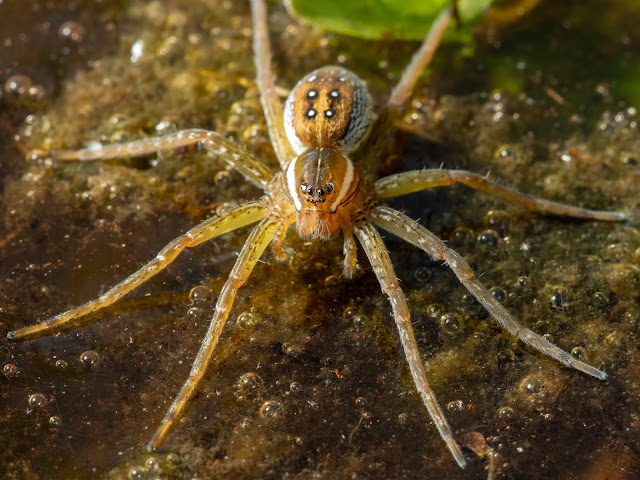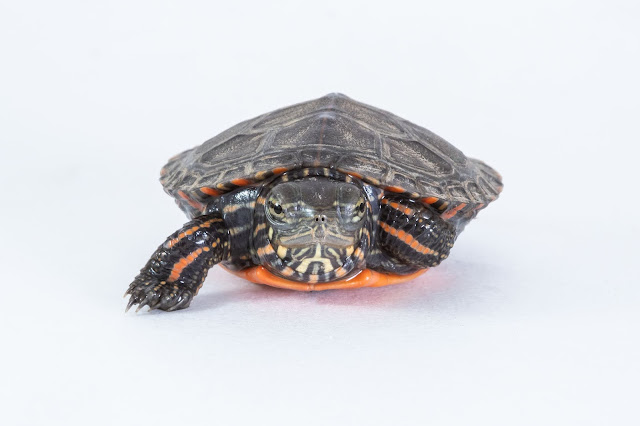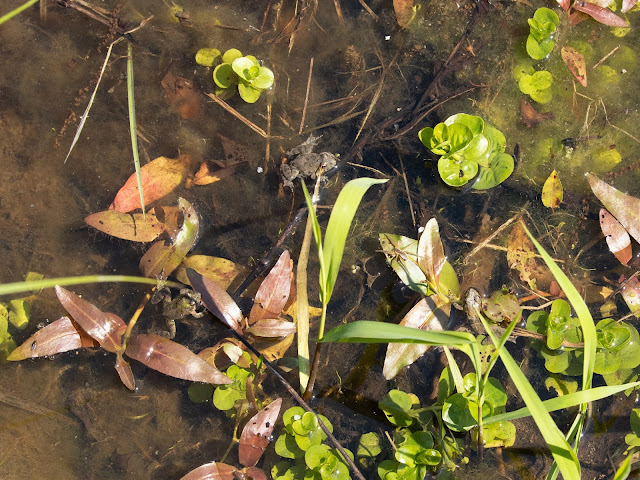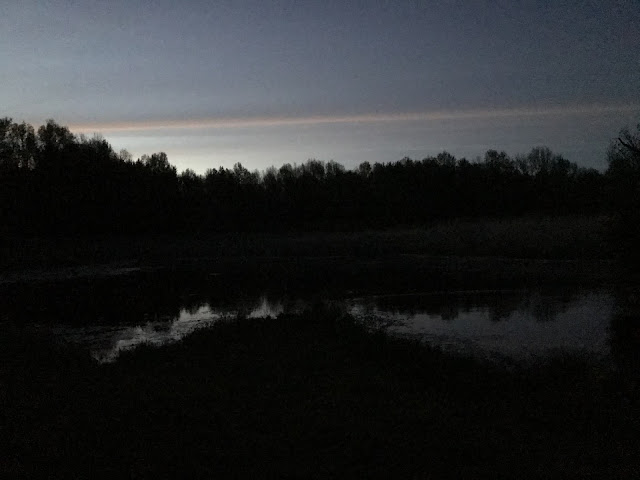Out of Nowhere: The Dragonfly Invasion Begins
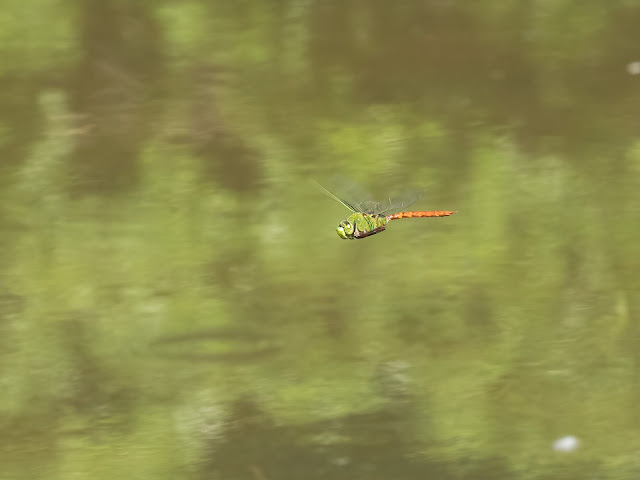
Male Comet Darner, Homer Lake Wetland, May 26, 2021 On Thursday and Friday May 20 and 21st I was at the wetland early to mid mornings and saw the same dragonflies as have been there so far this season: common green darners and Carolina saddlebags, both migratory species that have arrived from the south--common green darners were there by March 22nd and Carolina saddlebags by April 9th. Then I was out of town for four days and when I got back to the wetland on Wednesday May 26th, five days after my previous visit, there were four more species present, two of them in abundance. There is no evidence, nor any likelihood given that the wetland was dry three to four months at the end of last year, that these dragonflies came from the wetland itself. Dragonflies are strong fliers and leave the waters they emerge from until they reach sexual maturity. This takes a few days and then they search out suitable waters, preferences varying by species, to take on the challenge of reproduction. It is

